In the world of SEO, things have changed faster than we could have imagined. Google’s search algorithm is no longer just counting links or checking domain authority; it’s now reading between the lines, understanding context, and making sophisticated connections. This is where semantic link building comes into play – not as a buzzword, but as a true game-changer.
Back in the day, SEO was largely about link volume, anchor text, and metrics. Links were measured in terms of sheer numbers, and a high DA (Domain Authority) was often considered the holy grail. Sure, it worked – for a time. But as Google’s ranking systems evolved, they became powered by more sophisticated technologies like machine learning and entity recognition.
The focus has shifted from how many links you have to what those links actually mean. Relevance, topical depth, and semantic relationships are now the key factors that determine how Google ranks your site.
At linkbuilding.company, we understand this shift, and it’s at the heart of how we help our clients build long-term, defensible authority in competitive spaces.
A Shift from Keywords to Entities – What Does That Mean for Link Building?
For years, SEO was primarily keyword-driven. In the early days, it was all about cramming your content with keywords and hoping Google would notice. But today, Google doesn’t just read content — it understands it. Through natural language processing (NLP), machine learning, and the Knowledge Graph, Google now interprets relationships, context, and user intent.
“Google is no longer a string-matching engine. It’s a meaning-matching engine.” — [Bill Slawski, SEO Patent Expert (1964–2022)]
This evolution shifts the role of links. It’s not about how many links you have; it’s about whether those links are semantically aligned with your brand and the topics you want to rank for.
Google Doesn’t Just Crawl – It Understands
In the past, Google simply crawled text and indexed it. Now, it interprets relationships between entities and understands the underlying meanings of words and phrases. It looks at how different concepts connect and how content provides value in a more human, intuitive way.
Why Entities Matter for Link Building
An entity is any real-world thing Google can uniquely identify: a person, brand, topic, or location. For example, Nike, climate change, or React.js. Unlike traditional keywords, entities are language-independent, disambiguated, and are connected through structured relationships.
Example:
-
Keyword: “Electric car company” → ambiguous, surface-level
-
Entity: Tesla, Inc. → uniquely identified, with known attributes:
-
Founder: Elon Musk
-
Category: Automaker
-
Product: Model S
-
Entities are extracted from structured data, schema markup, and external databases like Wikidata, Wikipedia, and Freebase. When your backlinks reference semantically related entities, Google sees not just a hyperlink, but a meaningful connection — adding value to your content.
From Lexical to Semantic Link Signals
| Old SEO | Modern SEO |
|---|---|
| Keyword match | Entity salience |
| Exact-match anchors | Natural language anchors |
| High DA sites (any niche) | Semantically relevant domains |
| Link quantity | Contextual value |
Real-World Example of Link Building:
Imagine you’re building links for a client in the sustainable fashion niche.
A link from a high-DA finance blog with the anchor “eco clothing” may look good at first glance. However, a link from a medium-authority sustainability blog that focuses on ethical brands, Fair Trade, and carbon-neutral textiles is far more powerful. Why? Because it’s semantically rich, contextually aligned, and reinforces the relevancy of your brand within the right industry context.
As Andrea Volpini, CEO of WordLift, puts it: “Google measures the relevance of a page not only by content but also by which entities it mentions and how often they co-occur with others.”
The Knowledge Graph: The Backbone of Semantic SEO
Google’s Knowledge Graph is a massive database that holds facts about people, places, things, and their interrelations. It allows Google to move beyond keyword matching and instead focus on understanding entities and the relationships between them. This is the key to delivering more relevant search results.
Why the Knowledge Graph Matters for Link Building
When your content and backlinks revolve around clearly defined entities – not just keywords – Google is more likely to associate your site with those entities inside the Knowledge Graph. This leads to:
-
Better contextual understanding of your content
-
Improved ranking for related queries
-
Higher trust signals (you become a reliable source of knowledge)
How the Knowledge Graph Works (And Why You Should Care)
Entity Recognition & Linking:
When you mention an entity like “Tesla,” Google tries to link that mention to its internal database (e.g., Tesla, Inc., not Nikola Tesla the person). It also links that entity to related concepts (e.g., Elon Musk, electric vehicles).
What Google Patents Reveal About Semantic Understanding
Google’s patents provide insight into how the search engine is analyzing the meaning behind links, not just the link itself. Here are a few patents that reveal how Google approaches entity based link building:
One notable patent is US8688701B2, which discusses ranking and selecting entities based on reputation or influence scores. This means Google looks at how often an entity is mentioned or linked across the web—and how influential those sources are. So when your content earns backlinks from pages mentioning related, authoritative entities, it sends stronger trust signals and boosts your perceived authority.
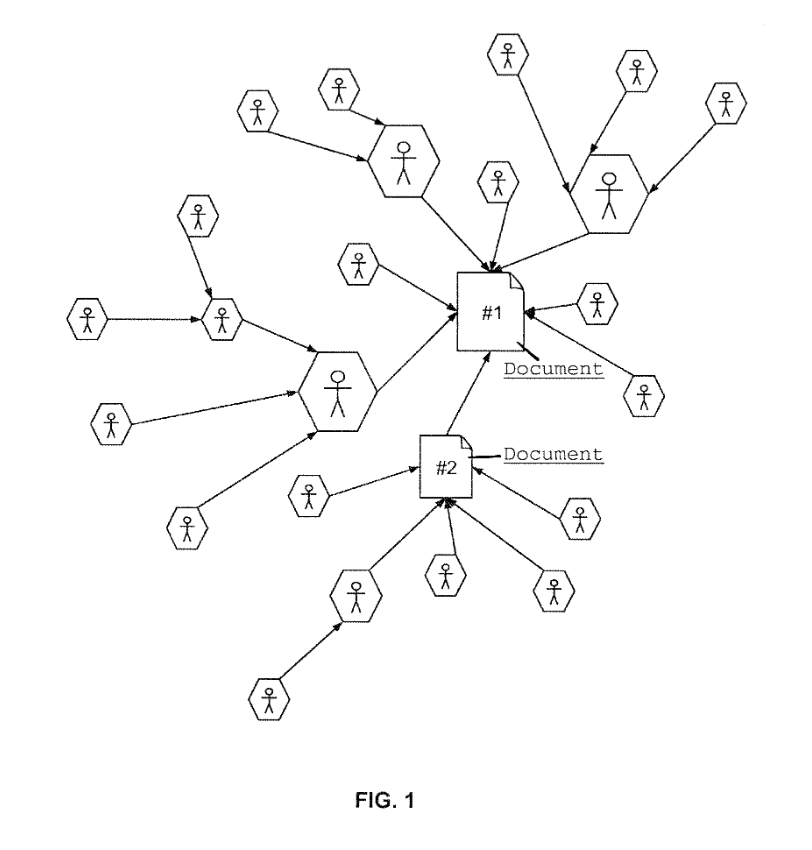
Another relevant patent, US8577893B1, dives into how the context surrounding a link affects its ranking value. In short, it’s not just about the anchor text—Google also pays attention to the surrounding paragraph. If the link is embedded in content rich with semantically relevant information, it carries more weight than a random or out-of-place mention.
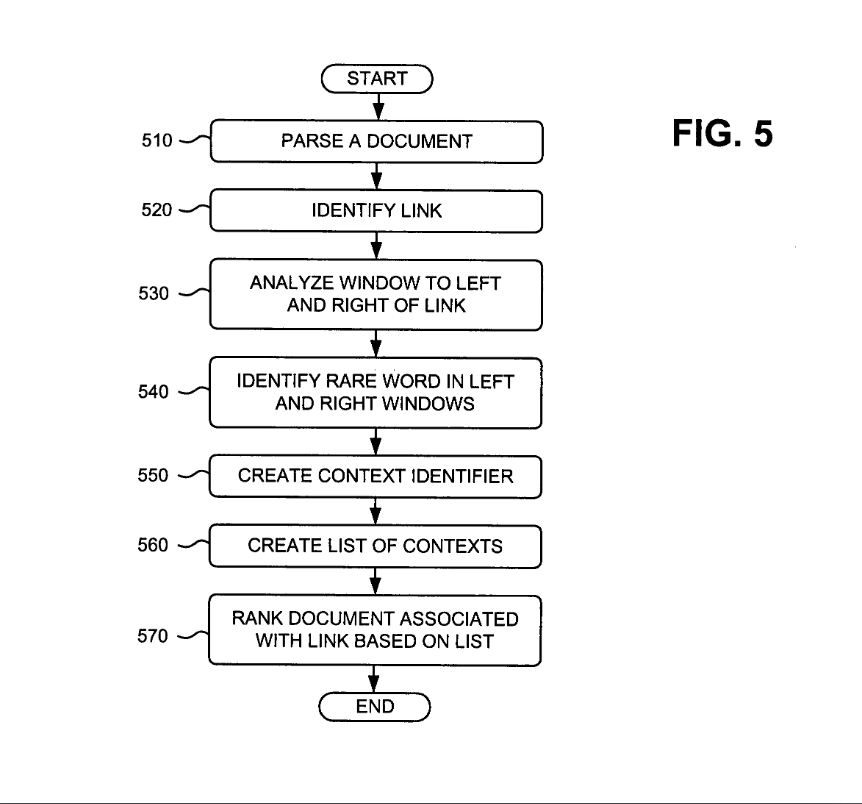
Lastly, US11768837B1 outlines how Google uses semantic entity search within a vector space. This approach lets Google understand content based on its meaning and conceptual relationships rather than just keywords. So when your content shares semantically similar entities with trusted sources, it helps position your site as a knowledgeable, relevant player in that topical space.
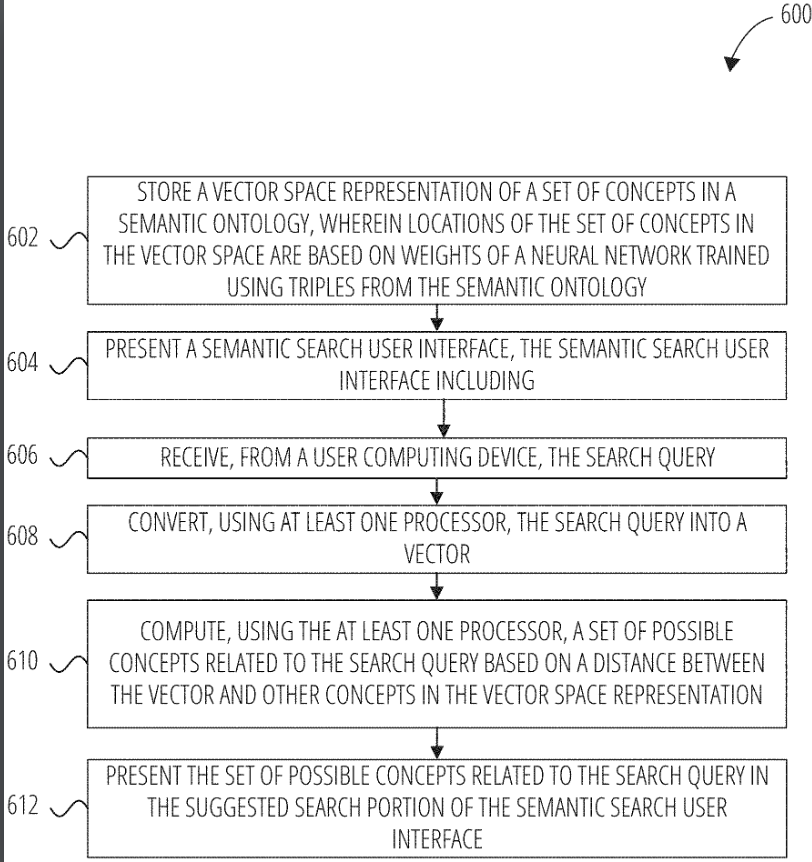
These patents show that Google’s link analysis process is now deeply semantic — it’s not just about who links to you, but how your content and backlinks help reinforce a web of knowledge.
The Mechanics of Semantic Link Building
Here’s how to build links that tap into Google’s semantic understanding:
-
Identify Core Entities: Use tools like Google NLP, InLinks, or Kalicube Pro to extract key entities from your site and competitors.
-
Build Topic Clusters Around Entities: Create content for connected subtopics that naturally mention relevant entities. Interlink these topics to build semantic depth.
-
Prospect Semantically Aligned Sources: When link prospecting, prioritize domains that cover overlapping entities. Look for sites that discuss related topics in depth.
-
Craft Context-Rich Link Placements: Instead of forcing exact-match anchors, surround your links with contextual cues—mentions of related products, topics, or figures.
-
Monitor Entity Spread and Salience: Use tools like Google NLP or InLinks to monitor your target pages’ entity prominence and track semantic relevance.
Best Practices for Semantic Link Building:
-
Extract key entities using Google NLP or similar tools.
-
Create schema-enhanced topic clusters to connect your entities.
-
Avoid irrelevant links from high-DA sites — focus on semantically relevant sources.
-
Use natural anchors that add contextual value.
-
Monitor entity salience and track performance using NLP or InLinks.
Final Thoughts:
SEO is no longer about matching strings — it’s about matching meaning. By aligning your content and backlinks with Google’s understanding of entities, you are creating a search presence that’s not only defensible but future-proof.
Let’s help you get there.
 How we are different
How we are different Links That Feed
Links That Feed Magazine
Magazine


 Guest Posting
Guest Posting AI Search Link Building
AI Search Link Building Link Insertion
Link Insertion White Label Link Building
White Label Link Building International Link Building
International Link Building Multilingual Link Building
Multilingual Link Building
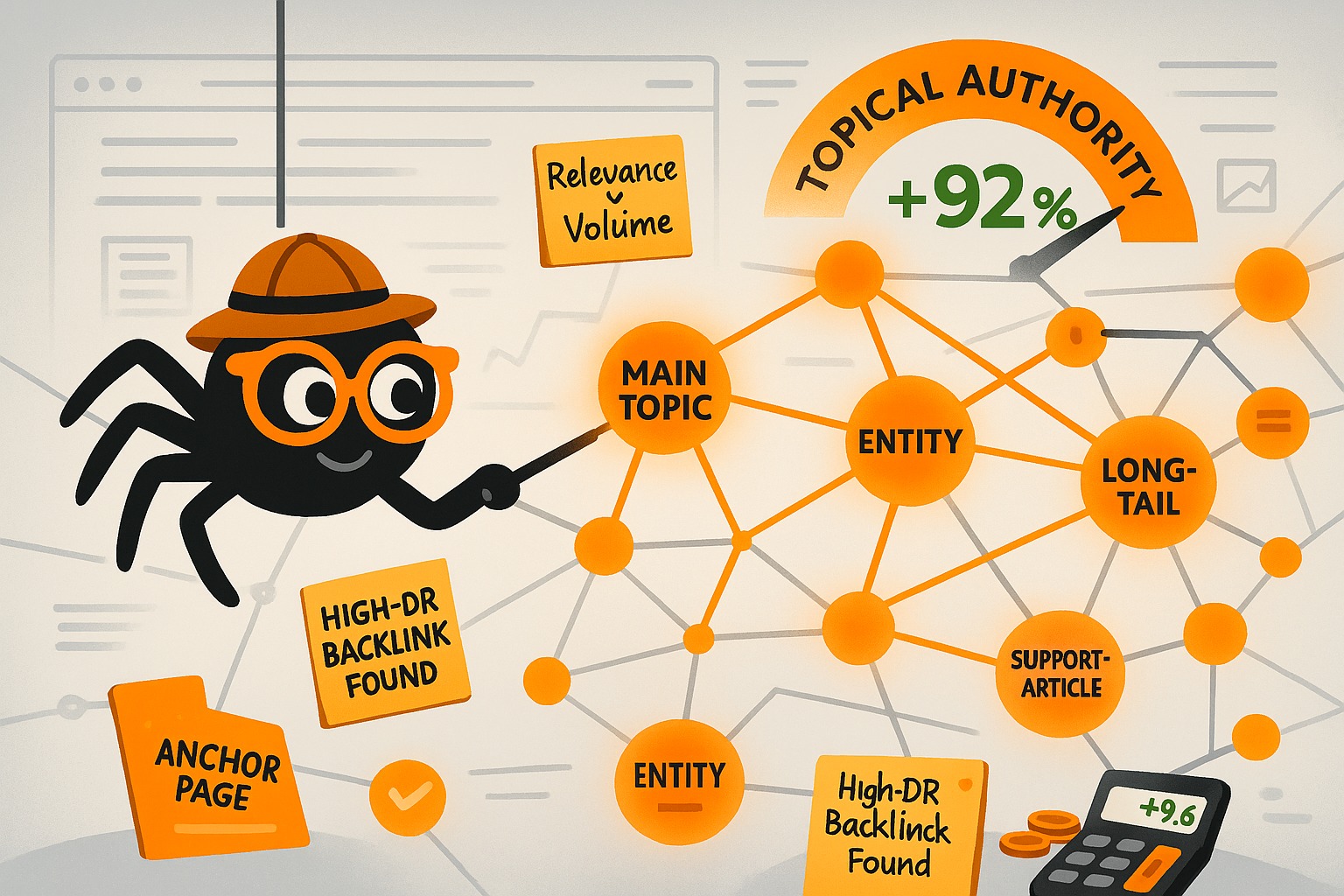
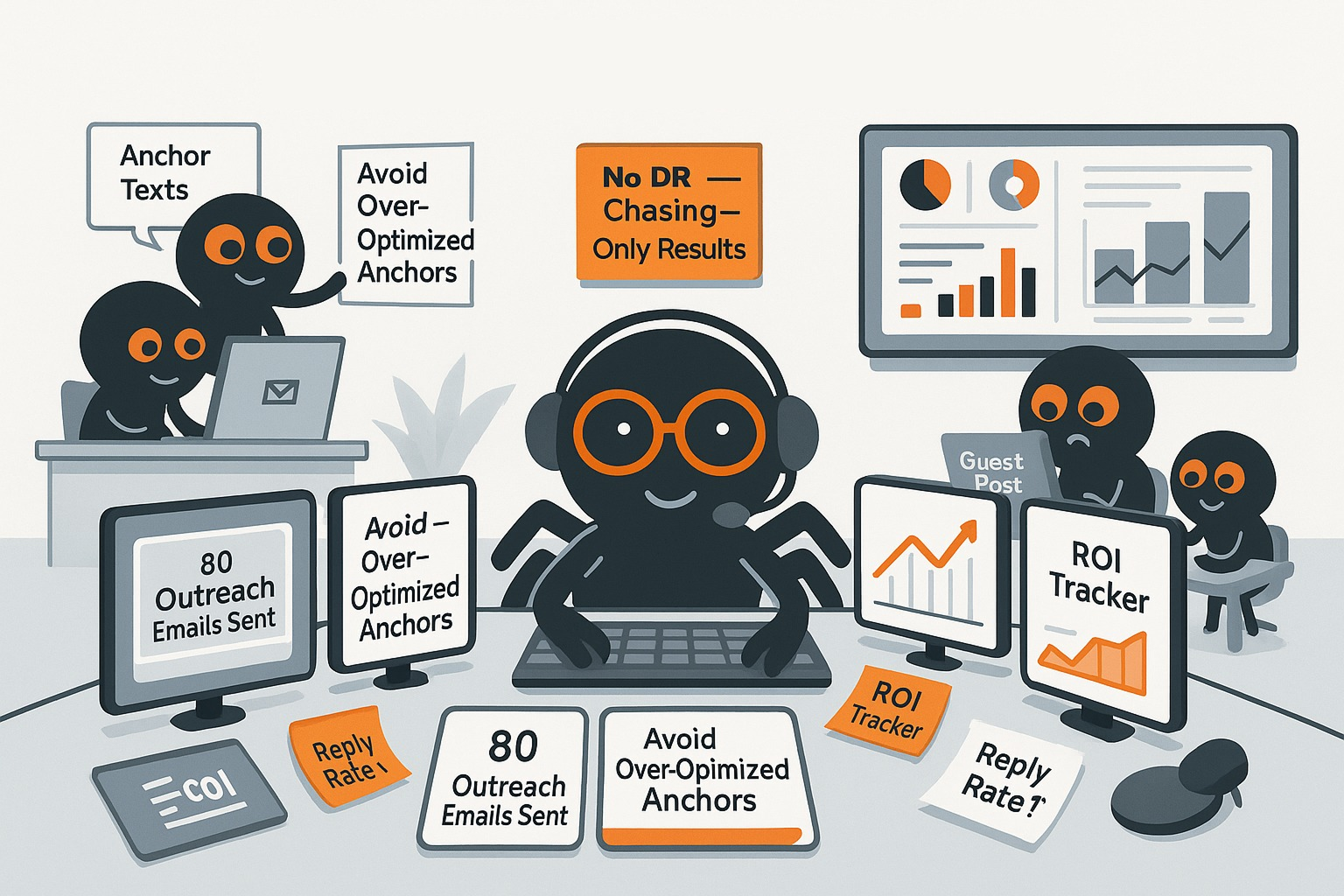

 Link Building
Link Building